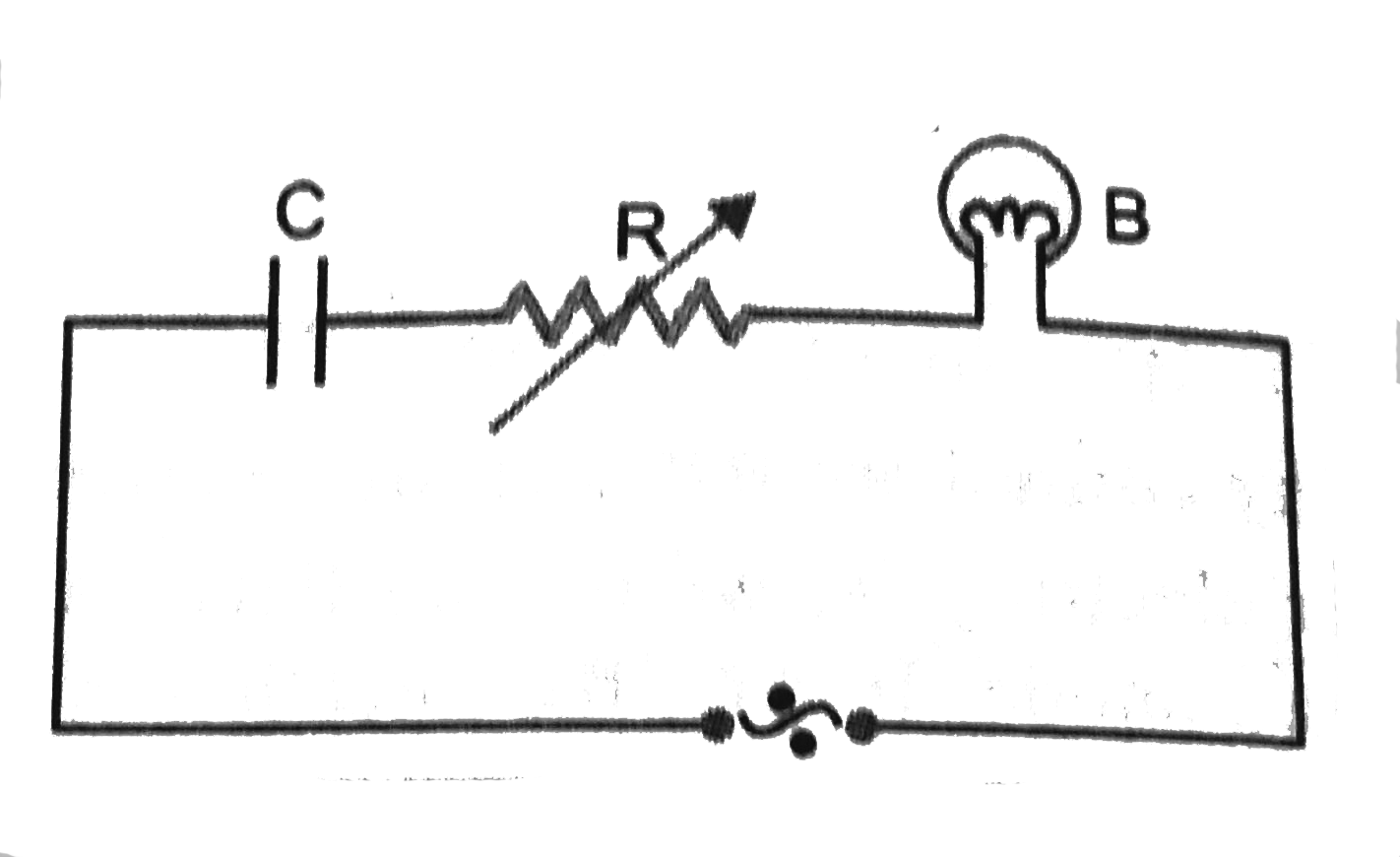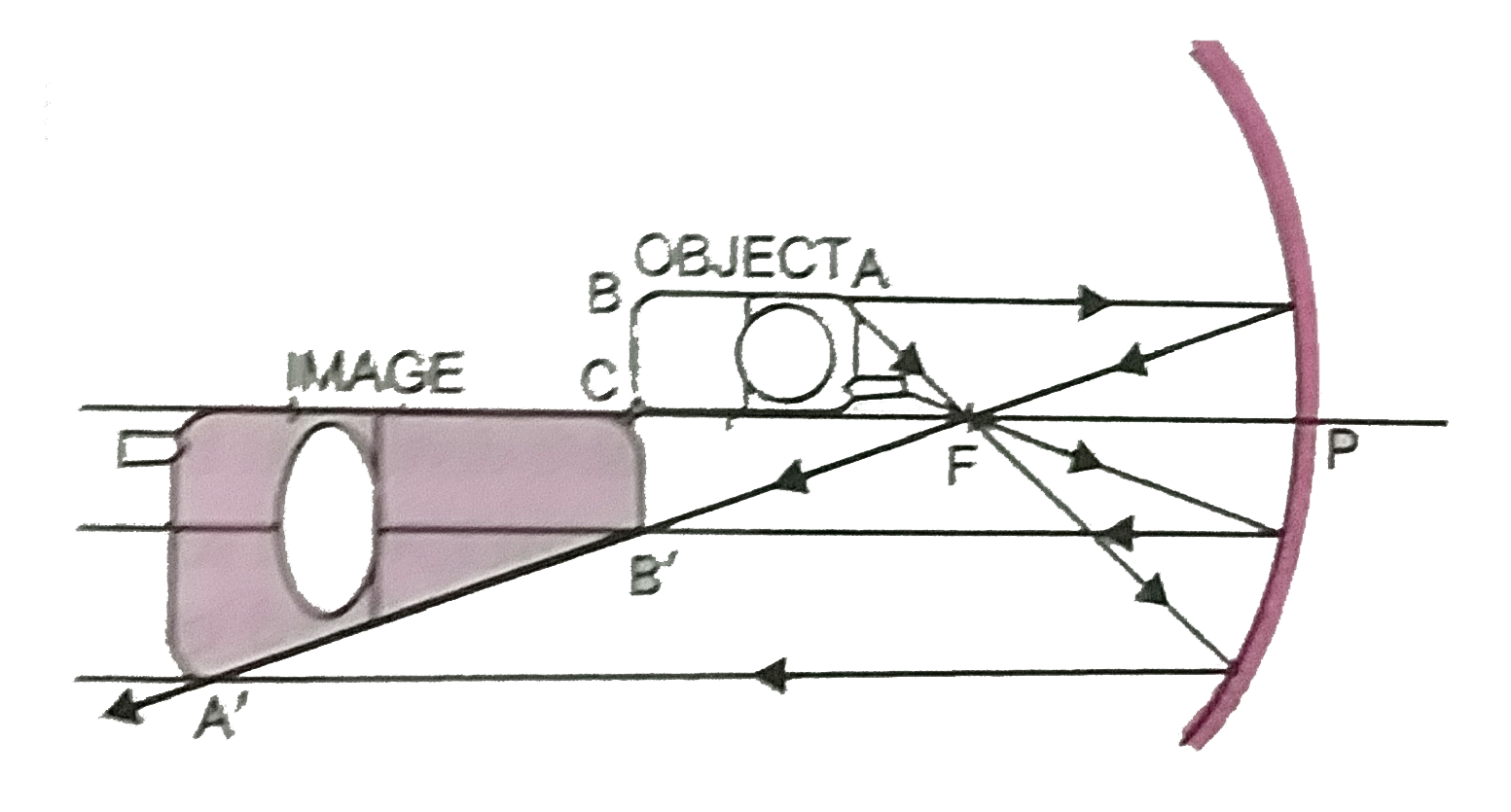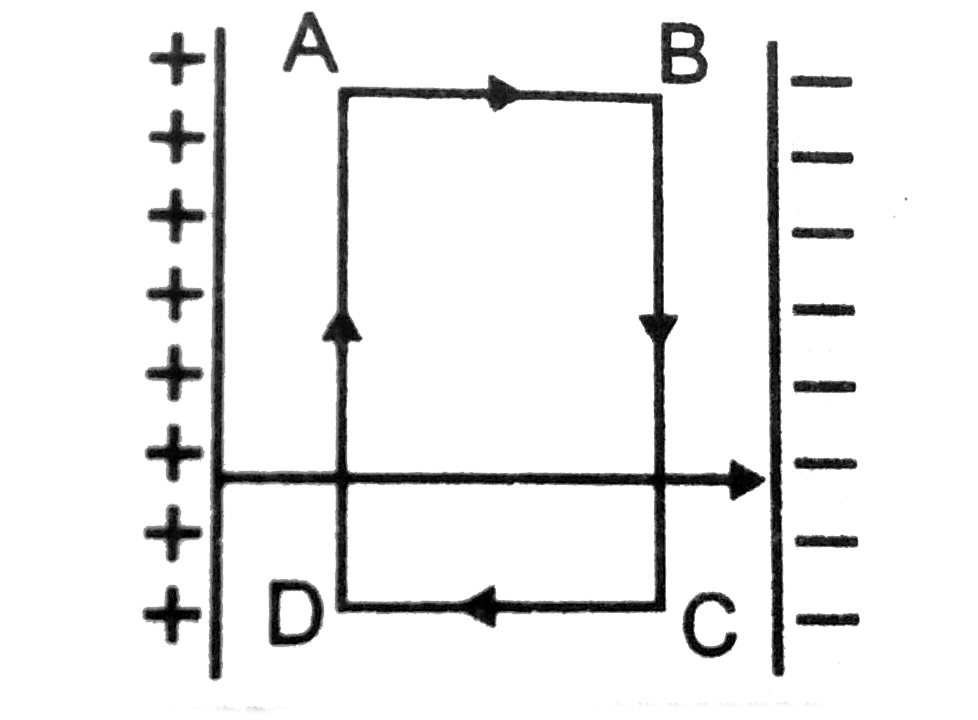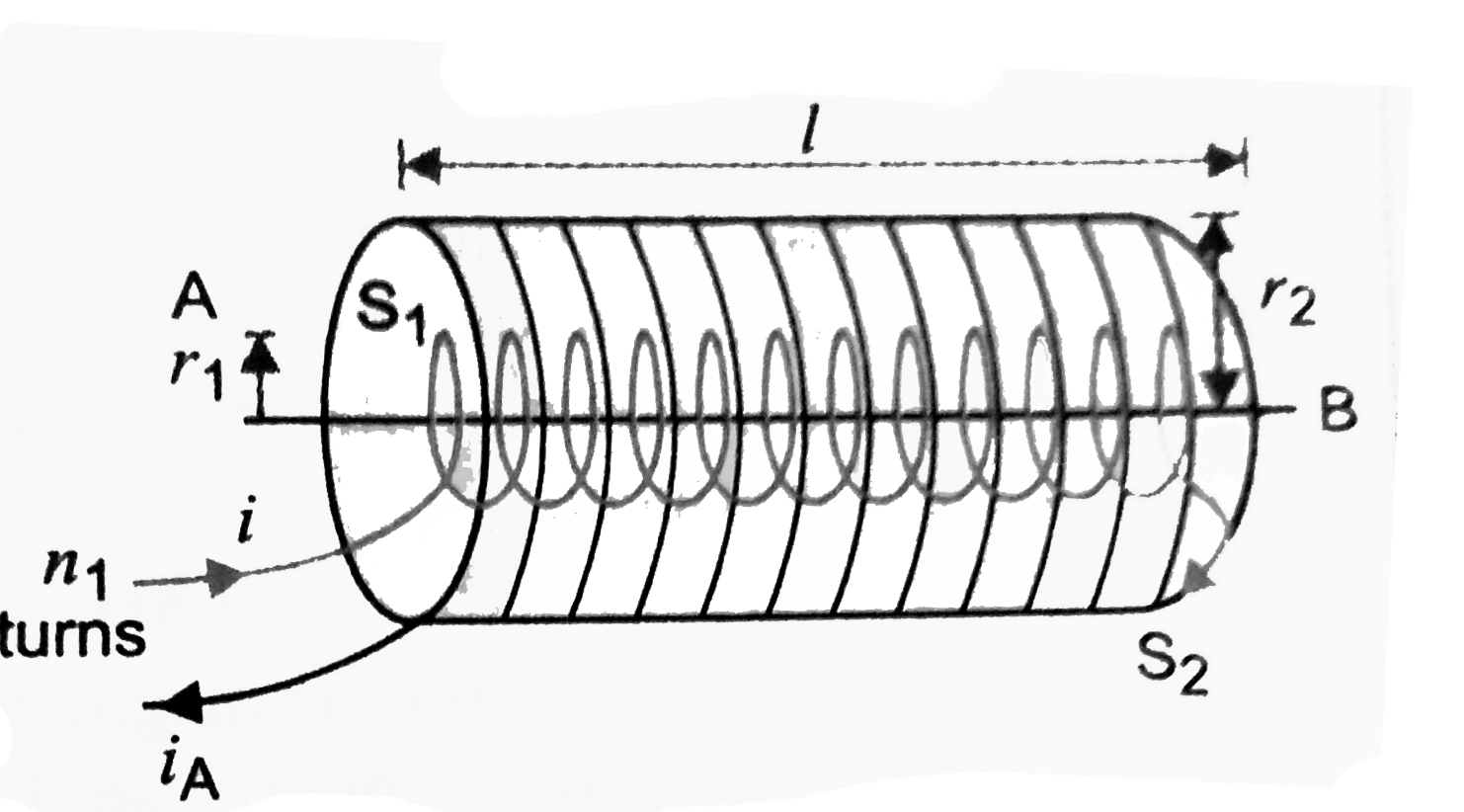Complete Solutions to SET-1 of chapter CBSE Examination Paper Delhi–2014 of Class 12 book with complete answers and questions
| Class 12 | PHYSICS |
| Chapter | CBSE Examination Paper Delhi–2014 |
| SUPPORT MATERIAL | SET-1 |
| Number Of Questions | 50 |
| Academic Year | 2023-24 |
Define the term 'mobility' of charge carriers. Write its S.I. unit.
02:15View Solution“For any charge configuration, equipotential surface through a point is normal to the electric field.” Justify.
05:32View SolutionTwo spherical bobs, one metallic and other of glass, of the same size are allowed to fall freely from the same height above the ground. Which of the two would reach the ground earlier and why ?
02:20View SolutionShow variation of resistivity of copper as a function of temperature in a graph.
01:54View SolutionA convex lens is placed in contact with a plane mirror. An axial point object at a distance of `20 cm` from this combination, has its image coinciding with itself. What is the focal length of the convex lens ?
02:30View SolutionWrite an expression in a vector form for the Lorentz magnetic force `vecF` on a charge Q moving with velocity `vecV` in a magnetic field `vecB`. What is the direction of the magnetic force?
02:12View SolutionOut of the two magnetic materials. 'A' has relative permeability slightly greater than unity while 'B' has less than unity. Identify the nature of materials 'A' and 'B'. Will their susceptibilities be positive or negative?
02:12View SolutionGiven a uniform electric field `vecE=5xx10^(3)hatiN//C`, find the flux of this field through a square of 10cm on a side whose plane is parallel to the y - z plane. What would be the flux through the same square if the plane makes a `30^(@)` angle with the x-axis?
05:11View SolutionFor a single slit of width ''a'' the first minimum of the interference pattern of a monochromatic light of wavelength e occurs at an angle of `(lambda)/(a)`. At the same angle of `(lambda)/(a)`, we get a maximum for two narrow slits separated by distance ''a''. Explain.
07:02View SolutionState the two Kirchhof's laws. Explain briefly how these rules are justified.
04:13View SolutionA capacitor C, a variable resistor R and a bulb B are connected in series to the ac mains in circuits as shown if Fig. The bulb glows with some brightness. How will the glow of the bulb change if (i) a dielectric slab is introduced between the plates of the capacitor, keeping resistance T to be the same, (ii) the resistance R to be the same, (ii) the resistance R is increased keeping the same capacitance.
 03:35View Solution
03:35View SolutionA capacitor C, a variable resistor R and a bulb B are connected in series to the ac mains in circuits as shown if Fig. The bulb glows with some brightness. How will the glow of the bulb change if (i) a dielectric slab is introduced between the plates of the capacitor, keeping resistance T to be the same, (ii) the resistance R to be the same, (ii) the resistance R is increased keeping the same capacitance.
 03:35View Solution
03:35View SolutionWith the help of labelled diagram, state the underlying principle of a cylclotron. Explain clearly how it works to accelerate the charged particles to high energies.
Show that cyclotron frequency is independent of energy of the particle. Is there an upper limit on the enregy acquired by the particle? Give reason.05:37View SolutionAn electric dipole of length 4 cm, when placed with its axis making an angle of `60^@` with a uniform electric field, experiences a torque of 4`sqrt3` Nm. Calculate the potential energy of the dipole, if it has charge `pm`8 nC.
07:27View SolutionA proton and deutron are accelerated through the same accelerating potential. Which one of the two has (a) greater value of de-broglie wavelength associated with it, and (b) less momentum? Give reasons to justify your answer.
03:34View SolutionA proton and a deuteron are accelerated through the same accelerating potential. Which one of the two has less momentum? Give reasons to justify your answer.
07:36View SolutionMonochromatic light of frequency `6.0 xx 10^(14)` Hz is produced by a laser. The power emitted is `2 xx 10^(-3)` W. The number of photons emitted, on the average, by the source per second is
01:48View SolutionDraw a plot showing the variation of photoelectric current versus the intensity of incident radiation on a given photosenstive surface.
03:19View SolutionA 12.5 eV electron beam is used to bombard gaseous hydrogen at room temperature. Upto which energy. Level the hydrogen atoms would be excited ? Calculate the wavelengths of the first memeber of Lyman and first member of Balmer series.
06:43View SolutionA potentiometer wire of length 1 m has a resistance of `100Omega`. It is connected to a 6V battery in series with a resistance of `5Omega`. Determine the emf of the primary cell which gives a balance point at 40cm.
03:53View Solution(a) Draw a labelled ray diagram showing the formation of a final image by a compound microscope at least distance of distinct vision.
(b) The total magnification produced by a compound microscope is 20. The magnification produced by the piece is 5. The microscope is focussed on a certain object. The distance between the objective and eyepiece is observed to be 14cm. If least distance of distinct vision is 20cm, calculate the focal length of the objective and the eye piece.05:56View SolutionThe total magnification produced by a compound microscope is `20`. The magnification produced by the eye piece is `5`. The microscope is focussed on a certain object. The distance between the objective and eye piece is observed to be `14 cm`. If least distance of distinct vision is `20 cm`, calculate the focal length of objective and eye piece.
02:39View SolutionA mobile phone lies along the principal axis of a concave mirror as shown in Fig. Show by suitable diagram, the formation of its image. Explain why the magnification is not uniform, and distortion will occur depending on the location of the mobile with respect to the mirror.
 05:49View Solution
05:49View SolutionSuppose that the lower half of a concave mirror's reflecting surface is covered with an opaque non-reflecting material. What effect will this have on the image of an object placed in front of the mirror ?
01:10View SolutionObtain the expression for the energy stored in a parallel plate capacitor of capacitance C charged to a potential V.
02:59View SolutionA uniform electric field E axis between two charged plates as shown in Fig. What would be work done in moving a charge q along the closed recetangualr path ABCDA ?
 01:56View Solution
01:56View SolutionFind out the capacitance of parallel plate capacitor of plate area A and plate separation d.
01:57View SolutionTwo charged spherical conductors of radii `R_(1) and R_(2)` when connected by a connecting wire acquire charges `q_(1) and q_(2)` respectively. Find the ratio of their charge densities in terms of their radil ?
02:11View SolutionState Ampere's circuital law, expressing it in integral form.
02:48View SolutionTwo long coaxical insulated solenoid's `S_1` and `S_2` of equal lengths are would one over the other as shown in figure. A steady current `'T'` flows through the inner solenoid `S_1` to the other end B, which is connected to the outer solenoid `S_2` through which the same current flows in opposite direction so as to come out at end A. If `n_1` and `n_2` are the number of turns per unit length, find the magnitude and direction of net magnetic field at a point (i) inside on the axis and (ii) outside the combined system.
 02:33View Solution
02:33View SolutionName the em waves which are suitable for radar systems used in aircraft navigation. Write the range of frequency of these waves.
01:02View SolutionIf the earth did not have atmosphere, would its average surface temperature be higher or lower than what it is now? Explain
01:32View SolutionAn em wave exers pressure on the surface on which it is incident. Justify?
02:26View SolutionDeduce the expression, `N=N_(0e)^(-lambdat)`, for the law of radioactive decay.
03:59View SolutionWrite symbolically the process expressing the `beta^+` decay of `._11^22Na`. Also write the basic nuclear process underlying this decay.
View Solution(a) Write symbolically the process expressing the `beta^(+)` decay of `._11Na^(22)`. Also write the basic nuclear process underlying this decay.
(b) Is the nucleus formed in the decay of the nucleus `._11Na^(22)`, an isotope or isobar?02:02View SolutionTwo independent sources of light will not produce steady interference pattern because
02:46View Solution(a) (i) Two independent mono chromatic sources of light cannot produced a sustained interference pattern'. Give reason.
(ii) Light waves each of amplitude ''a'' and frequency ''w'', emanating from two coherent light sources superpose at a point. If the displacements due to these waves is given by`y_(3)=a cos omega t and y_(2)=a cos(omega t+phi)` where `phi` is the phase difference between the two, obtain the expression for the resultant intensity at the point.
(b) In Young's double slit experiment, using monochromatic light of wavelength `lambda`, the intensity of light at a point on the screen where path difference is `lambda`, is K units. Find out the intensity of light at a point where path difference is `lambda//3`.07:09View SolutionIn a Young's double slit experiment, using mono-chromatic light of wavelength `lambda`, the intensity of light at a point on the screen where the path defference is `lambda` is k units. Find the intensity at a point where the path difference is `lambda//3`.
07:02View Solution(a) How does one demonstrate, using a suitable diagram, that unpolarised light when passed through a Polaroid gets polarised?
(b) A beam of unpolarised light is incident a glass-air interface. Show using a suitable ray diagram, that light reflected from the interface is totally polarised, when `mu=tani_(B)`, when `mu` is the refractive index of glass with respect to air and `i_(B)`, is the Brewster's angle.10:47View Solution(a) How does one demonstrate, using a suitable diagram, that unpolarised light when passed through a Polaroid gets polarised?
(b) A beam of unpolarised light is incident a glass-air interface. Show using a suitable ray diagram, that light reflected from the interface is totally polarised, when `mu=tani_(B)`, when `mu` is the refractive index of glass with respect to air and `i_(B)`, is the Brewster's angle.10:47View SolutionDescribe a simple experiment (or activity) to show that the polarity of emf induced in a coil is always such that it tends to produce a current which oppose the change of magnetic flux that produce it
03:04View SolutionThe current flowing through an inductor of self inductance L is continuously increasing. Plot a graph showing the variation of Magnetic flux versus the current
02:26View SolutionThe current flowing through an inductor of self inductance L is continuously increasing. Plot a graph showing the variation of Induced emf versus dI/dt
02:20View Solution(a) Describe a simple experiment (or activity) to show that the polarity of emf induced in a coil is always such that it tends to produce a current which opposes the change of magnetic flux that produces it.
(b) The current flowing through an inductor of self inductance L is continuously increasing. Plot a graph showing the variation of
(i) Magnetic flux versus the current
(ii) Induced emf versus dI/Dt
(iii) Magnetic potential energy stored versus the current.06:16View SolutionDraw a schematic sketch of an ac generator describing its basic elements. State briefly its working principle. Show a plot of variation of Magnetic flux
View Solution(a) Draw a schematic diagram of an AC generator. Explain is working and obtain the expression for the instantaneous value of the emf in terms of the magnetic field B, number of turns N of the coil of area A rotating with angular frequency `omega`. Show how an alternating emf is generated by loop of wire rotating in a magnetic field.
(b) A circular coil of radius 10 cm and 20 turns is rotated about its vertical diameter with angular speed of 50 rad `s^(-1).` in a uniform horizontal magnetic field of `3.0xx10^(-2)T`.
(i) Calculate the maximum and average emf induced in the coil.
(ii) If the coil forms a closed loop of resistance `10 Omega`, calculate the maximum current in the coil and the average power loss due to Joule heating.10:32View SolutionWhy is choke coil needed in the use fluoresent tube with ac mains ?
02:29View Solution(a) state briefly the processes involved in the formation of p-n how the depletion region is formed
(b) using the necessary ciruit diagrams show p-n jucntion are obtained in
(i) forward biasing (ii) reverse biasing how these characteiistics are made use of in recitifcation07:34View SolutionUsing the necessary circuit diagram, show how the V-I characteristics of a p-n junction are obtained in (i) forward biasing (ii) Reverse biasing. How are these characteristics made use of in rectification?
06:21View Solution
SET-1 questions and complete solutions for chapter CBSE Examination Paper Delhi–2014 of CBSE COMPLEMENTARY MATERIAL PHYSICS (HINGLISH) of Class 12
